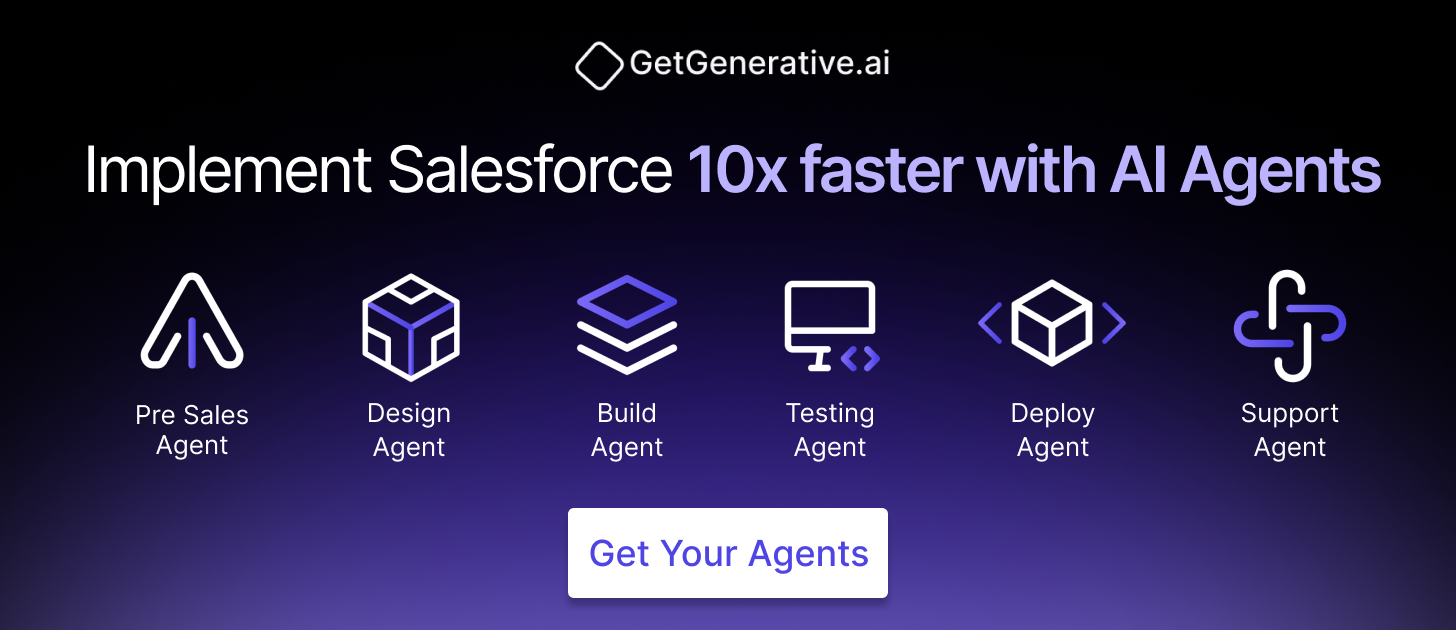A Comprehensive Guide to Vibe Coding Tools
In 2025, a new paradigm called vibe coding is transforming how software gets built. Imagine describing an app in plain English and watching it come to life—this is the power of vibe coding. Popularized by AI pioneer Andrej Karpathy, the term refers to development by intent rather than syntax, leveraging large language models (LLMs) to generate code from natural-language prompts.
Vibe coding doesn’t replace developers; it empowers them. By automating repetitive tasks and boilerplate, developers stay in flow, focus on high-value problem solving, and deliver faster. Early studies back this up:
- 73% of developers report less frustration when using AI code tools
- GitHub Copilot users complete tasks 55% faster, according to controlled trials
- Companies like Replit and GitHub have documented 3.5+ hours saved per week per developer, along with 10.6% more merged PRs
In one real-world case, a non-technical founder rebuilt their app in days using Replit, saving $400K in development costs. Teams using Copilot and Cursor report higher morale, smoother workflows, and fewer bugs introduced by manual errors.
In this guide, we’ll explore:
- What vibe coding is, and why it matters now
- Categories of vibe coding tools (full-stack, in-IDE assistants, agents, QA/testing, domain-specific)
- Top tools in each category with features, pros/cons, and examples
- Strategic recommendations for adoption, governance, and scale
- Best practices to mitigate risks, ensure quality, and enable secure deployment
What Is Vibe Coding?
Vibe coding enables developers to turn natural-language prompts into working code. This means engineers—and even non-coders—can describe the desired functionality and let AI handle the structure, syntax, and logic scaffolding.
Benefits of Vibe Coding:
- Lower Skill Threshold
Allows citizen developers, designers, and junior devs to contribute by describing what they want. Teams embracing this report 5.8× faster prototyping cycles. - Accelerated Development
AI writes boilerplate, CRUD logic, or API integration code in seconds. In GitHub’s study, developers using Copilot finished tasks 55% faster. - Enhanced Developer Flow
AI reduces friction and mental load. 87% of Copilot users say it cuts repetitive thinking and improves focus. - Standardized Quality and Guidance
Tools like Copilot Chat and Qodo explain code, suggest best practices, and act as mentors embedded in the IDE.
Vibe coding isn’t a gimmick—it’s a structural evolution in how code is written, learned, and reviewed. It bridges human intention and machine execution.
As one IBM AI advocate said:
“Development is reshaping from strict, manual coding and becoming more flexible and AI-powered, and vibe coding is at the forefront of this change.”
Key Categories of Vibe Coding Tools
Vibe coding tools fall into five main categories, each targeting a different stage of the development lifecycle:
Category | Description | Example Tools |
Full-Stack AI Platforms | Natural-language to working apps | Lovable, Replit, Trickle |
In-IDE AI Assistants | Code suggestions, autocompletion | GitHub Copilot, Tabnine |
Autonomous Coding Agents | Execute multi-step dev tasks | Cursor, Windsurf, Continue.dev |
Code Quality & Testing AIs | Generate tests, review PRs, improve coverage | Qodo, Sourcegraph Cody |
Salesforce-Specific Generators | Tailored for Salesforce ecosystem | GetGenerative.ai, Agentforce |
Let’s now explore the most effective tools in each of these categories with examples and use cases.
1. Full-Stack AI Development Platforms
These platforms build entire apps using AI. Users describe what they want, and the platform generates frontend, backend, and deployable code.
🔹 Lovable.dev – From Prompt to Production
- What it does: Translates plain English into working full-stack apps (React + Supabase).
- Key features: Visual editor, Figma integration, GitHub sync.
- Ideal for: Startups, product managers, citizen developers building MVPs fast.
- Example: A solo founder used Lovable to launch a new SaaS product in 48 hours without hiring developers.
🔹 Replit Ghostwriter & Agent – IDE + AI + Cloud
- What it does: Combines cloud IDE, AI code generation (Ghostwriter), and autonomous agent execution.
- Key features: One-click deployment, built-in CI/CD, team collaboration.
- Use case: Internal tools, rapid prototyping, AI-powered dev environments.
- Example: A CRM company used Replit to validate product ideas 3× faster, saving over $400K in traditional dev costs.
Replit emphasizes data security and offers enterprise features like SOC 2 compliance, private deployments, and SSO integrations.
🔹 Trickle AI – No-Code AI App Builder
- What it does: Create AI-powered web apps and tools via prompts.
- Best for: Non-technical teams in marketing, HR, and operations.
- Use case: Spinning up internal dashboards, feedback forms, or AI chatbot apps.
2. In-IDE AI Pair Programmers
These assistants work inside your existing editor (like VS Code or JetBrains) to boost developer productivity and code quality.
🔹 GitHub Copilot – Autocomplete on Steroids
- Key features: Real-time suggestions, project-aware completions, Copilot Chat.
- Benefits: 88% of developers report higher productivity; 77% say it reduces time spent searching Stack Overflow.
- Pricing: $19/user/month for business plan with admin policies.
- Best for: Teams already using GitHub, JS/Python/TypeScript-heavy stacks.
Copilot also assists with prompt-based refactoring and test generation.
🔹 Tabnine – Privacy-First Code Suggestions
- Differentiator: Offers local/on-prem deployment (important for regulated industries).
- Supports: 80+ languages; integrates with all major IDEs.
- Use case: Financial, legal, or government institutions needing AI assistance with full code control.
Tabnine’s lightweight model makes it perfect for quick suggestions and custom environments.
3. Autonomous Coding Agents & IDE Extensions
These tools go beyond simple suggestions—they execute complex tasks, modify multiple files, and interact contextually across the entire project.
🔹 Cursor – The AI-Powered IDE
- What it is: A custom fork of VS Code with deep LLM integration.
- Features:
- Ask AI to explain/refactor/update code directly
- Auto-apply changes across files
- Composer feature: turn prompts into real code changes
- Ideal for: Large projects, refactoring, or collaborative development
- Limitation: Needs rules.md or architectural guidance for very large codebases
It supports MCP server integration, enabling AI to call external tools like servers, docs, and tests during execution. It’s highly flexible but benefits from strong human oversight.
🔹 Windsurf – Embedded Preview and Smart Edits
- What it is: Another advanced IDE (built on Codeium) offering a similar AI interface to Cursor.
- Unique features:
- Live preview pane within the editor
- Fine-tuned UI for stability and usability
- Use case: Teams needing quick preview and iteration cycles
- Tip: Like Cursor, ensure scoped prompts and specified context to improve accuracy
Both Cursor and Windsurf work best for modular or well-documented codebases. They shine in handling large-scale repetitive changes, like updating a deprecated API across files or scaffolding feature sets from a single instruction.
🔹 Continue.dev – Open Source AI Agent Inside VS Code
- Integration: Works inside your current VS Code install (not a separate app)
- Key capabilities:
- Multi-file edits
- AI chat to assist with context-specific suggestions
- Web browsing for documentation lookup
- Best for: Developers wanting customization and control
- Standout: Open-source and extendable with MCP integrations
Continue is excellent for teams that need extensibility or want to self-host models for IP-sensitive projects. It can serve as an internal AI assistant tailored to your organization’s workflows.
4. AI for Code Quality, Testing & Integrity
With faster code generation comes the challenge of quality assurance. These tools act as QA engineers and reviewers powered by AI.
🔹 Qodo (formerly CodiumAI)
- Focus: Automated unit test generation, AI code reviews, and bug detection
- Key features:
- Auto-generates test cases for edge, standard, and negative paths
- Pull request review with context-aware suggestions
- RAG-based understanding of entire repo and commit history
- Enterprise Ready: SOC2 certified, supports local deployment
Use case: After implementing a feature using Replit or Copilot, use Qodo to:
- Generate complete test coverage
- Suggest refactors
- Verify logic adherence to existing architectural patterns
🔹 Sourcegraph Cody
- Strength: Repository-scale code search and generation
- Use case: Refactoring or migrating large legacy codebases
- New features: Explains logic, migrates libraries, finds dead code
Tools like Cody are especially useful for enterprises with massive repositories. Its ability to understand historical changes across repos helps enforce architectural integrity.
5. Salesforce-Specific Vibe Coding Tools
Here’s a categorized breakdown of Salesforce’s native vibe coding ecosystem, followed by one of the most advanced external tools in the space.
🔹 GetGenerative.ai – Code Agent for Salesforce
While Salesforce offers impressive native capabilities, GetGenerative.ai’s Code Agent takes things even further by functioning as an end-to-end AI developer for Salesforce.
Key Features:
- Natural Language to Apex: Converts user stories or plain English prompts into fully functional Apex classes, triggers, and test methods.
- Lightning Web Component (LWC) Generator: Creates LWCs with HTML, JS, XML, and metadata files automatically based on component descriptions.
- Test Class & Coverage Generation: Writes unit tests and evaluates code coverage results in your sandbox environment.
- Metadata Awareness: Connects to your Salesforce org to understand schema and metadata context before generating code.
- Jira & GitHub Integration: Assigns code tasks to sprints and syncs commits or branches to your source control or DevOps pipelines.
The Code Agent doesn’t just generate isolated files. It understands project context, can compare existing code to new prompts, and suggest patch updates or rewrites. It also works in collaboration with other agents (e.g., Test Agent, Deploy Agent) to complete the build–test–release cycle autonomously.
🔹 AI Tools for Requirement and Design
These tools help Salesforce professionals convert business needs into actionable user stories, flows, and architecture with minimal manual effort.
- Agentforce: Salesforce’s AI agent framework that helps define and automate business processes by understanding conversational inputs. It can generate data models, process flows, and initial logic based on high-level requirements.
- Prompt Builder: Allows admins to define reusable, natural-language-driven prompts for custom logic, embedded directly into Salesforce workflows or flows.
- Agent Builder: A no-code tool to create, configure, and deploy intelligent agents that can automate Salesforce tasks—leveraging prompts, logic, and reusable functions.
Related Read – Everything You Need to Know to Implement Salesforce Agentforce in 2025
🔹 AI Tools for Assisted Coding
Designed to help Salesforce developers and admins write better code and automate platform configurations using natural language:
- Code Builder: A web-based development environment built on Microsoft’s Visual Studio Codespaces. It supports LWC, Apex, and metadata changes—now enhanced with AI for smart suggestions and completions.
- Agentforce for Developers: Extends Agentforce into the coding layer. Developers can describe what they need in plain English, and the agent will generate Apex classes, triggers, and test data.
- Agentforce for Flows: Enables non-developers to create, modify, and troubleshoot Flow automations using AI-powered suggestions—ideal for low-code automation.
- ApexGuru: Salesforce’s internal AI model trained on thousands of Apex patterns, providing context-aware recommendations, refactors, and security tips as developers write code.
🔹 AI Tools for Quality Assurance
Salesforce also provides a suite of AI tools to validate, test, and enforce quality guardrails in a vibe coding workflow:
- Code Analyser: A static analysis engine that checks Apex and LWC code for performance, security, and style violations. Integrated with Salesforce CLI and Code Builder.
- AF Testing Centre: Part of the Agentforce suite, this tool allows users to simulate workflows, validate logic paths, and auto-generate test cases based on usage patterns and expected outcomes.
- Data Seeding: AI-assisted generation of meaningful test data aligned with your Salesforce schema, useful for staging and sandbox environments.
- DevOps Centre: Supports release management with AI-powered commit tracking, test validation, and deployment insights. It integrates seamlessly with code analysis and sandbox refresh processes.
Also Read – Reinventing Salesforce Implementation with the AI Native Delivery Framework
Best Practices for Adopting Vibe Coding Tools
Vibe coding tools can create massive productivity gains—but they require a smart rollout strategy. Here’s how to get started:
Step | Best Practice | Why It Matters |
1 | Pilot with defined goals | Start with MVPs, boilerplate-heavy tasks to test value |
2 | Train your team | Teach prompt engineering, tool limitations, review techniques |
3 | Adapt workflows | Use rules like “AI output must be reviewed + tested” |
4 | Use AI for QA too | Combine dev tools (e.g., Copilot) with Qodo or Cody |
5 | Monitor security risks | Avoid pasting secrets, use local tools for sensitive code |
6 | Measure impact | Track cycle time, code quality, and developer satisfaction |
7 | Evolve culture | Reward innovation, encourage developers to think strategically |
Conclusion
The rise of vibe coding tools marks a new chapter in software development—one where natural language, AI, and human creativity converge. For engineering leaders and organizations, this is not just a trend—it’s a competitive edge.
Experience how GetGenerative.ai’s Code Agent and AI-powered workspace can transform your implementation lifecycle, from pre-sales and scope planning to deployment and support.
Build Apex, LWC, metadata, tests, and more—faster, smarter, and with full context.
👉 Book your demo today and start building with intent.




